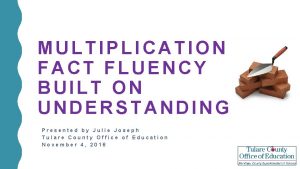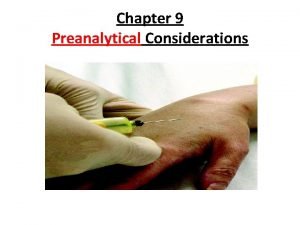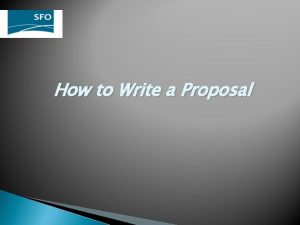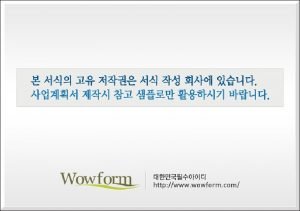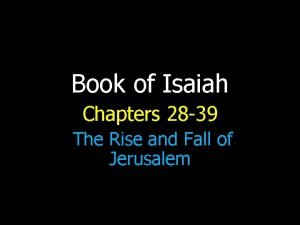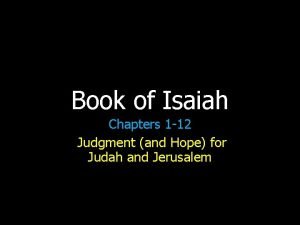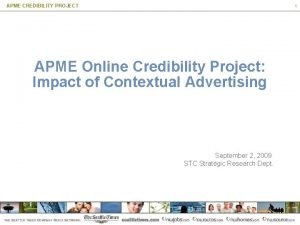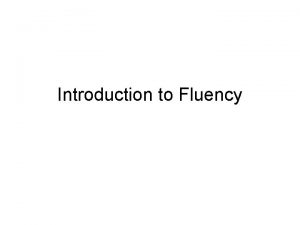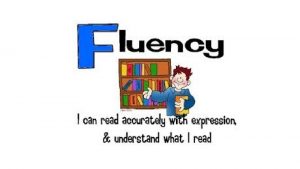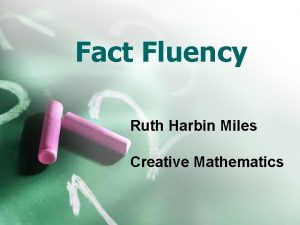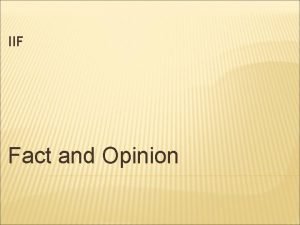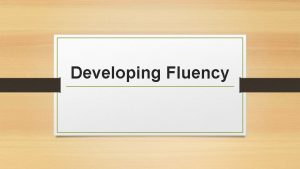APME Chapter highlights and considerations Developing Fact Fluency








- Slides: 8

APME Chapter highlights and considerations!

Developing Fact Fluency: Turn Off Timers, Turn Up Formative Assessments (Chapter 2) Describes the phases for how students master basic facts (p. 16) Counting Deriving Mastery Great Observation tools! (p. 19). Assessment Strategies to Move Students to the Next Phase… “Solve each row of problems and explain which row is easier. ” “If you don’t know 4 + 5, how can you figure it out? ” Assessing Mastery Turn Off the timers! Shorten the assessment Focus on Strategy Include Self-Assessment Provide Feedback

Chapter 11 Developing Teachers’ Ability to Be Critical Consumers of Assessments • Framework for analyzing assessments using the NCTM Processes. • Use of assessment examples to determine the Processes – interesting (particularly given the link between the Processes and Standards for Mathematical Practice).

Chapter 12 Practicing Questioning in a PLC • PLC members and their goals • Issues around teachers’ assessment literacy – important. • Mathematical Discourse – Teacher-Student Dialogue. • Journey of the Participants – included – Mock interviews – Developing and implementing interventions – Reflections

Proficiency-Based and Problem-Based Instruction: Mutually Supporting Moves or Contradictions Chapter 13 Proficiency-Based Teaching and Learning Problem-Based Teaching and Learning Students progress at their own pace with the teacher providing necessary support. Students progress based on their mastery of competencies. Students are active in the learning process: - Reflecting on their performance - Taking responsibility for their learning Instruction based on students’ needs Students direct their own learning with teacher as facilitator Students are active investigators: - Organizing and accessing prior knowledge - Acquiring new knowledge through investigation in small-group settings Students self-monitor and seek meaning and understanding. Instruction centered on challenging open-ended problems. POSING WORTHWHILE TASKS and QUESTIONS!

Chapter 17 Guidelines for Analyzing Assessment Data to Inform Instruction • Grade-to-Grade Comparisons (e. g. grade 6 vs grade 7) • Year-to-Year Comparisons (e. g. comparing this year’s 4 th grade to last year’s 4 th grade). • Cohort Growth (particular group year-to-year) • Subdomain-to-Subdomain Comparisons (e. g. NBT to Geometry) • Data reporting standards to push for (see page 197).

Chapter 20 – Embedding Formative Assessment in Curriculum Design: A Research-Base Approach 1. Problem solving tasks challenge students to reason about core mathematical ideas. 2. The lesson design supports the use of tasks for both assessment and instruction. Learning Mathematics through Representations (LMR) 3. The lesson sequence supports a learning progression so assessments provide formative guidance over the course of the lessons.

Chapter 21 – Applying CCSSM’s Definition of Understanding* to Assess Students’ Mathematical Learning “Mathematical understanding is: 1. The ability to justify 2. Understanding of why a particular mathematical statement is true 3. Understanding of where a mathematical rule comes from.
